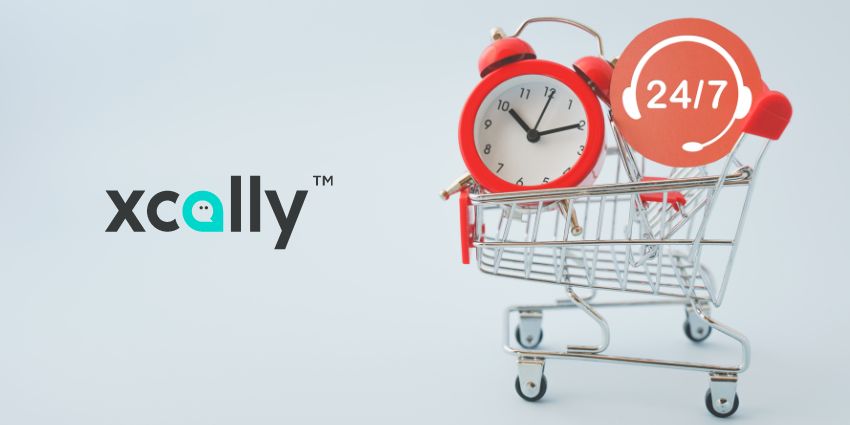The COVID-19 pandemic has changed many aspects of life in general. How we X, X and X. And while we’ve all been living under incredible restrictions, businesses and brands have battled to control the manner in which they not only deliver, but engage with customers too.
Research by Twilio, the leading cloud communications and customer engagement platform, delved into this. The industry leader asked 2,500 decision-makers globally about their digital transformation and engagement strategies as they gear up for a post-COVID world.
This is how the UK stacked up against the rest of the world:
- A modest 28% jump in digital customer engagement: A rise from 48% before the pandemic to 62% during it
- 43 days to speed up digital change: UK organisations lagged behind when it came to accelerating digital transformation in response to COVID-19
- 48% plan to increase engagement funds: Nearly half of UK businesses will increase investment in customer engagement post-pandemic
- Britain has fallen behind in video: The UK is at the bottom of the league table for using video to engage with customers. France is at 87% while Britain is at 72%
- Crucial the UK builds for the future: Up to 88% of UK businesses say they are more likely to build their own communications solutions instead of buying pre-built alternatives
Added to the findings, 87% of businesses report digital communications are critically or very important to their survival during the pandemic and 96% confirmed that not digitising customer engagement would have negatively impacted their business. 43% report they would have been less competitive and the same figure added they would have lost revenue.
Driving the Agile Workforce
“In the Omdia Future of Work Survey conducted in August 2020, 2 out of 3 respondents plan to encourage certain teams or business functions to work remotely post-COVID-19,” Omida said in a statement.
The words could not be more true. Thanks to the pandemic, many office workers will never go back full-time. Every day more businesses announce flexible remote work policies. These changes open up employers to increasingly distributed teams and new talent markets. Accelerated migration to the cloud and adoption of remote contact centres are enabling a growing, agile workforce.
Cloud migration accelerated across every company, from 500-25,000 plus employees and businesses plan to now expand how and where they engage with customers, the Twilio report added.
Who’s Embracing Change?
Healthcare, financial services and public sector firms have all hailed the digital change. Highly regulated industries (HRIs) became first-adopters, and lead with a consumer-centric approach.
Healthcare providers embraced multichannel tools to deliver care virtually and the finance sector leaned into customer-facing digital services, using mobile apps, messaging and chatbots as the primary interaction with customers. Even governments used communications software to build contact tracing solutions and keep residents safe.
So What’s Next?
Despite the anxieties and having the rug ripped out from underneath their feet, businesses and brands have now officially arrived at the holy grail – personalisation at consumer scale. Before, only a handful of the largest brands had the resources to offer truly personalised customer experiences. The combination of soaring digital engagement and customer data platforms that abstract away complexity will allow all businesses to build a richer and more holistic view of their customers, and tailor the experience they deliver for millions.
To summarise with a quote from Forrester Predictions 2021: “Companies will reorganise to ensure customer experience (CX) and customer insights (CI) collaboration.”






